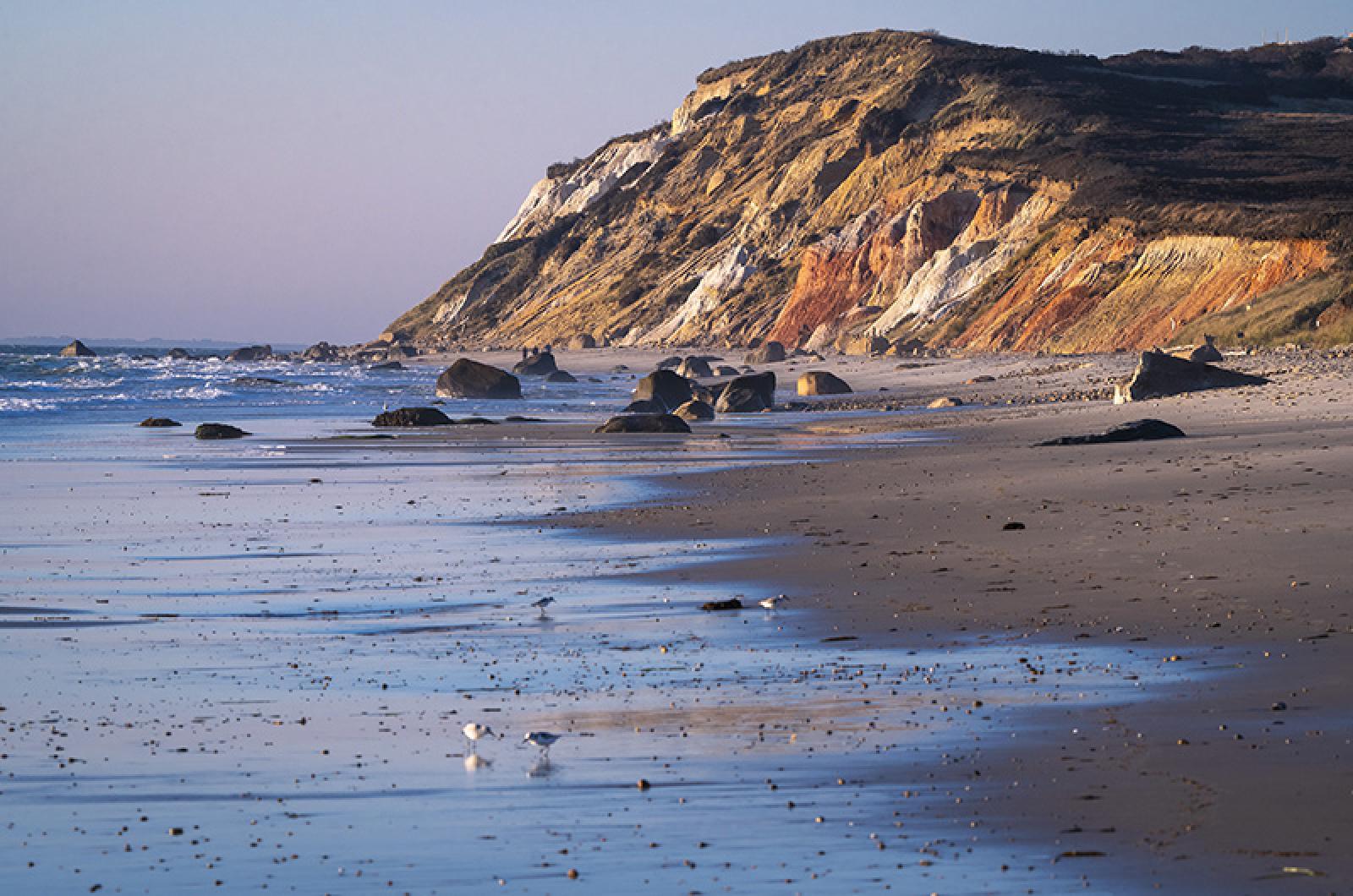The summer of 2021 saw increase in visitors over last year to many Martha’s Vineyard Land Bank properties as Islanders took to the woods and trails, fueled in part by pandemic limitations on indoor activities.
The organization’s annual summer report chronicles visitations to its most popular water-access properties, executive director James Lengyel said. Data for 2021 showed traffic rose at old favorites and newly discovered gems. Mr. Lengyel said he believes the pandemic led to many land bank properties “being discovered” by visitors.
The Martha’s Vineyard Land Bank was created in 1986 and since then has conserved approximately 3,900 acres and maintains 78 properties on the Island. Mr. Lengyel said the primary mission of the land bank is conservation, but public access remains a high priority, and the increase in visitation is welcome. “It means that people are enjoying conservation properties,” he said. “And that’s a positive.” Great Rock Bight in Chilmark saw 8,176 visitors this summer compared with 7,949 visitors in 2020. Dogs also embraced Great Rock Bight in greater numbers in 2021, showing a steady rise in the popularity of four-legged walks from 154 in 2019 to 224 in 2020 and 326 in 2021.
Manaquayak Preserve, which includes Ice House Pond, saw 1,001 swimmers in June alone. “There were also 202 people who just stood on the dock to admire the pond,” the report stated. There were 2,276 swimmers in July and 2,169 swimmers in August.
Tashmoo Preserve in Vineyard Haven, a relatively new property the organization purchased in 2018 which includes 400 feet of oceanfront, saw daily visitation to the site nearly double from last year, from 59 to 105, echoing a trend for busy trails and beaches in the off season.
“Just anecdotally when you look at our trailheads, there’s more cars in them year round,” Mr. Lengyel said.
Mr. Lengyel said the summer ran smoothly despite the increase in traffic.
“It was nothing we would characterize as unmanageable,” he said. “All it means is that you need to have more rangers.”
He said staffing issues that have plagued many businesses and organizations in recent months have had little impact on the land bank. He said ranger positions are desirable summer jobs, so any problems finding staff have not stemmed from a shrinking workforce.
“The issue is the housing,” Mr. Lengyel said. “But the land bank has been able to handle it.”
Mr. Lengyel said he anticipated continued interest spurred by the pandemic, but he also partly attributed this to a growing system of connected trails among land bank properties.
“It allows people to have much longer excursions,” he said.





Comments (1)
Comments
Comment policy »